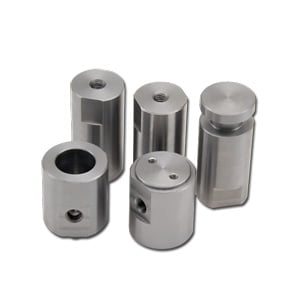Precision principles of precision machining of mechanical parts
In the machining industry, precision includes geometric accuracy, transmission accuracy and positioning accuracy. Precision mechanical parts processing equipment for different purposes have different requirements for precision. For example, a variety of aluminum parts processing customers in the market have different precision, in the process of machining in Shenzhen need to use the precision of different equipment.
Geometric accuracy - the accuracy of the geometric shape of the working surface of the parts that make up the equipment depends on the accuracy of the components of the equipment and the accuracy of the position and movement between the components, geometric accuracy is the most basic condition to ensure the accuracy of the work of the equipment.
Transmission accuracy - the accuracy of the traditional chain motion relationship of interconnection within the equipment determines the accuracy of the equipment to realize the compound motion trajectory.
Positioning accuracy - the accuracy of the moving parts on the equipment from one position to another.
The geometric accuracy, transmission accuracy, positioning accuracy introduced above, the accuracy of these components by the processing and assembly of each component parts of the mechanism is also known as static accuracy. Usually Shenzhen machining enterprises are in the precision mechanical parts processing equipment is not subject to load, no movement or low-speed movement measured accuracy.
However, in the actual work of the equipment to bear the load, parts, components will be deformed after the force, the transmission system friction will generate heat, the temperature of the working environment will change, the speed of the transmission mechanism, acceleration changes to produce vibration, the impact of these factors will lead to changes in static accuracy, the change in the static accuracy becomes dynamic accuracy. It is mainly determined by the rigidity, vibration resistance and thermal stability of the equipment.













